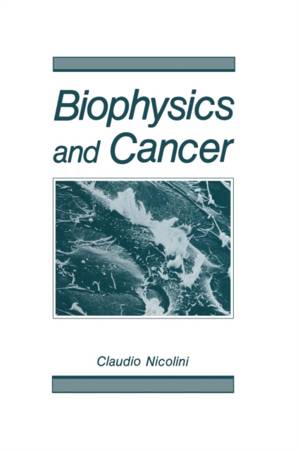
En raison d'une grêve chez bpost, votre commande pourrait être retardée. Vous avez besoin d’un livre rapidement ? Nos magasins vous accueillent à bras ouverts !
- Retrait gratuit dans votre magasin Club
- 7.000.000 titres dans notre catalogue
- Payer en toute sécurité
- Toujours un magasin près de chez vous
En raison de la grêve chez bpost, votre commande pourrait être retardée. Vous avez besoin d’un livre rapidement ? Nos magasins vous accueillent à bras ouverts !
- Retrait gratuit dans votre magasin Club
- 7.000.0000 titres dans notre catalogue
- Payer en toute sécurité
- Toujours un magasin près de chez vous
Description
Since the early times of the Greek philosophers Leucippus and Democritus, and later of the Roman philosopher Lucretius, a simple, fundamental idea emerged that brought the life sciences into the realm of the physical sciences. Atoms, after various interactions, were assumed to acquire stable configurations that corresponded either to the living or to the inanimate world. This simple and unitary theory, which has evolved in successive steps to our present time, remarkably maintained its validity despite several centuries of alternative vicissitudes, and is the foundation of modern biophysics. Some of the recent developments of this ancient idea are the discovery of the direct relationship between spatial structures and chemical activity of such molecules as methane and benzene, and the later discovery of the three-dimensional structure of double-helical DNA, and of its relationship with biological activity. The relationship between the structure of various macromolecules and the function of living cells was one of the most striking advancements of modern science, obtained by the cooperation of physicists, chemists, mathematicians, engineers, biologists, and physicians. This crossing of the life and physical sciences has given rise to new and exciting frontiers, and to a new synthesis where there is a frequent interconnection of expertise, and where there is an exchange of roles among traditionally separated soft and hard sciences. Even if knowledge is still transmitted to new generations within univer- sities as separate disciplines, new knowledge is acquired today in the laboratory by truly interdisciplinary teams.
Spécifications
Parties prenantes
- Auteur(s) :
- Editeur:
Contenu
- Nombre de pages :
- 480
- Langue:
- Anglais
Caractéristiques
- EAN:
- 9781461292586
- Date de parution :
- 01-10-11
- Format:
- Livre broché
- Format numérique:
- Trade paperback (VS)
- Dimensions :
- 152 mm x 229 mm
- Poids :
- 639 g

Les avis
Nous publions uniquement les avis qui respectent les conditions requises. Consultez nos conditions pour les avis.






